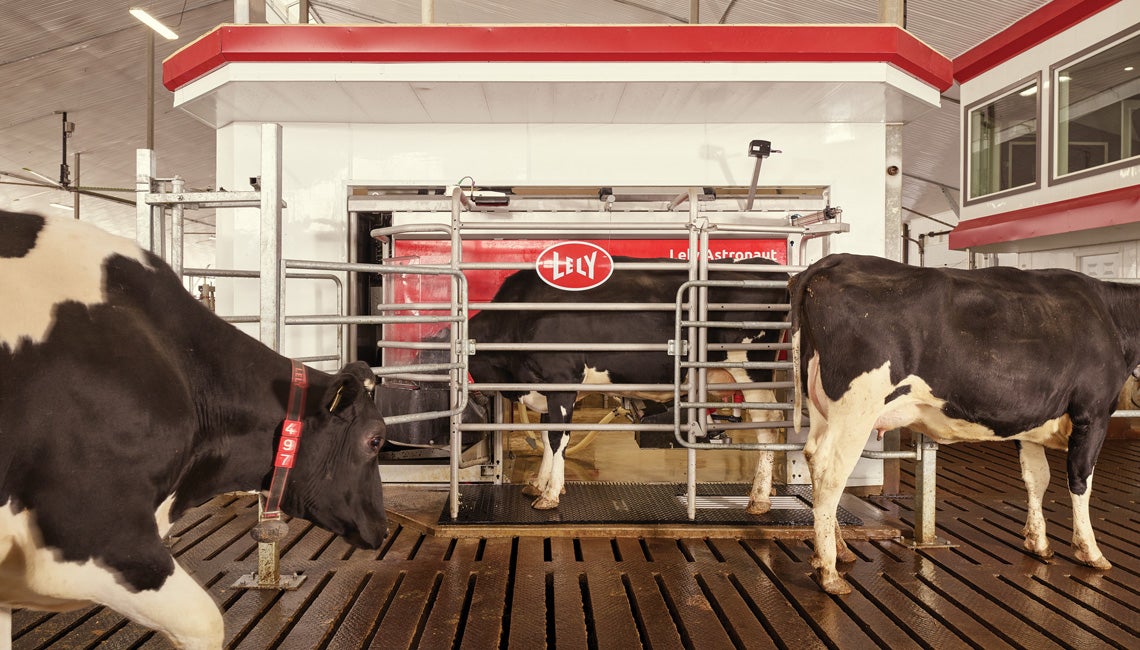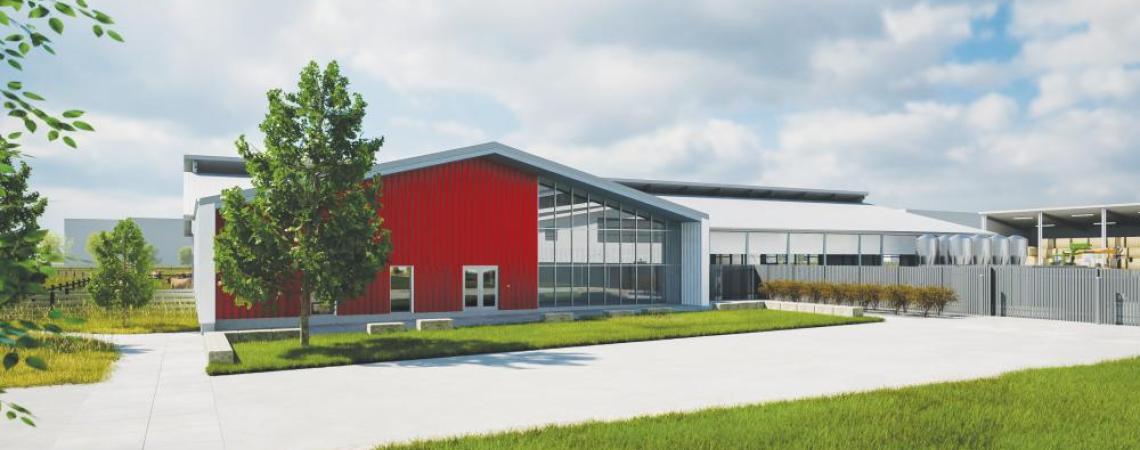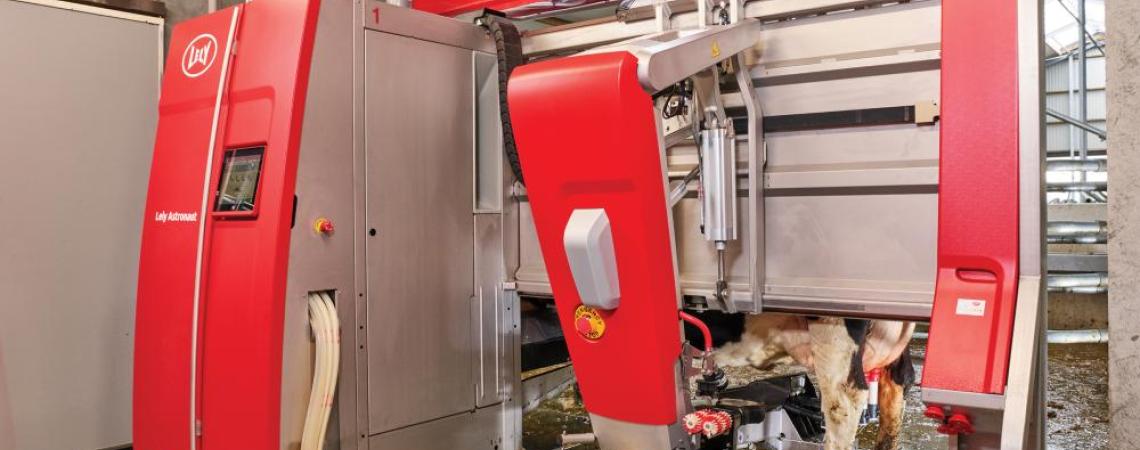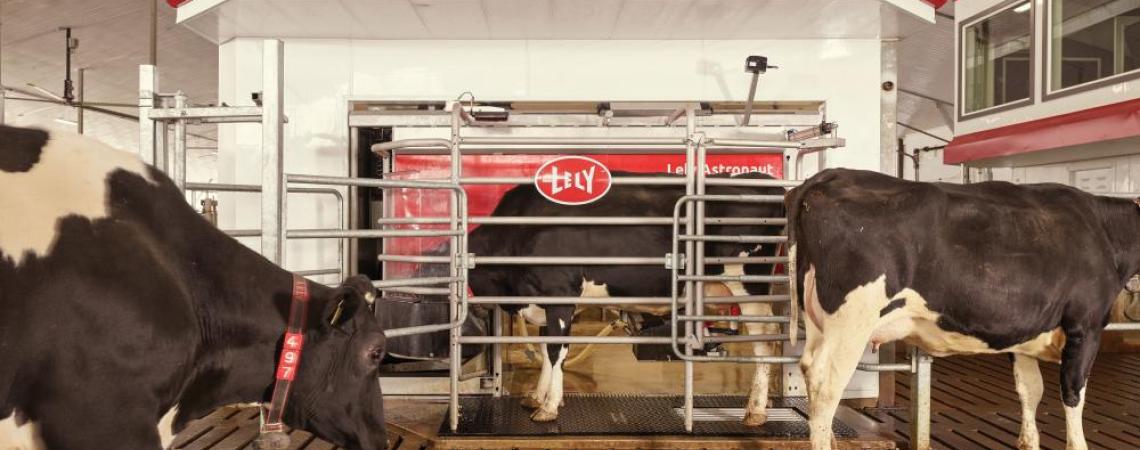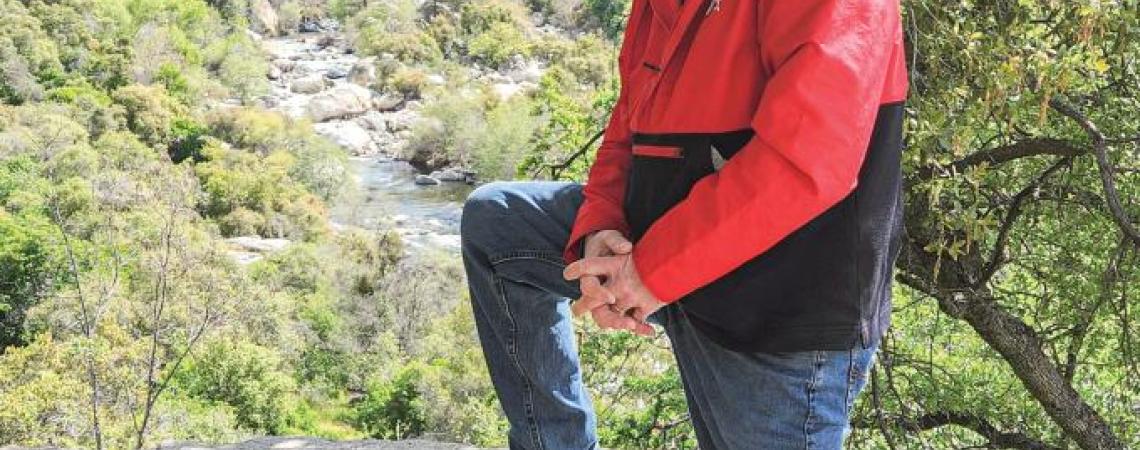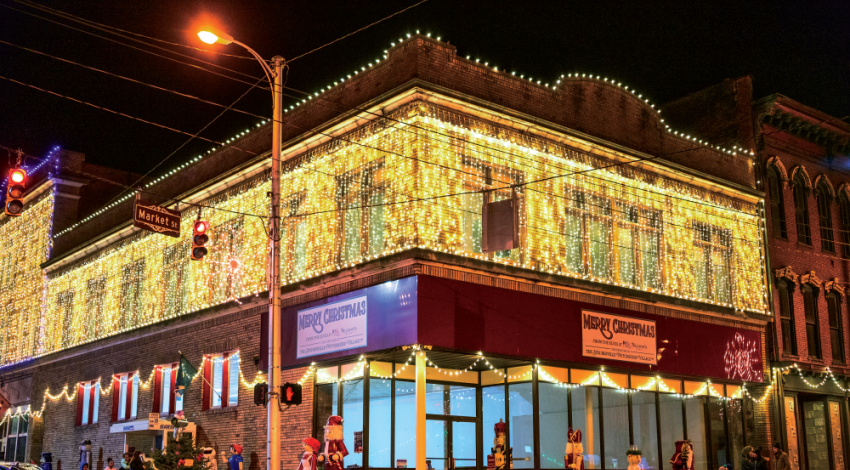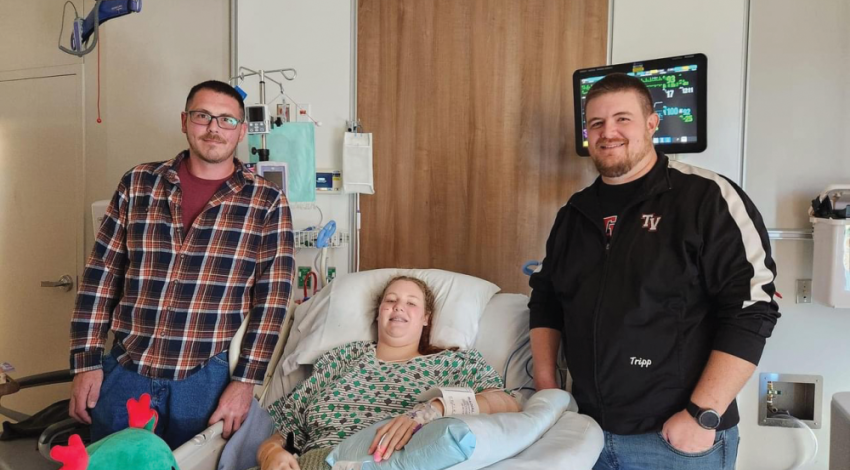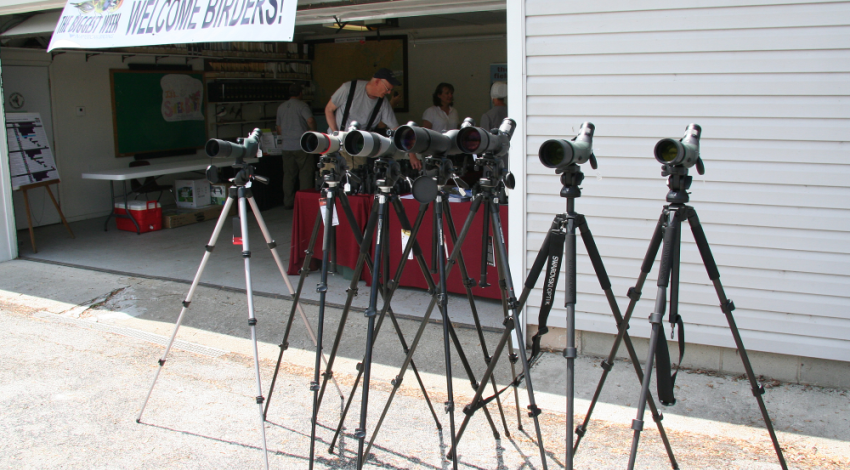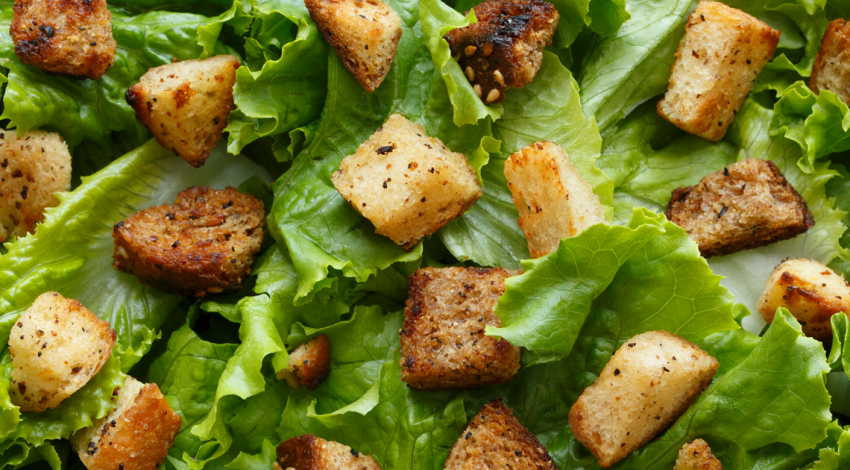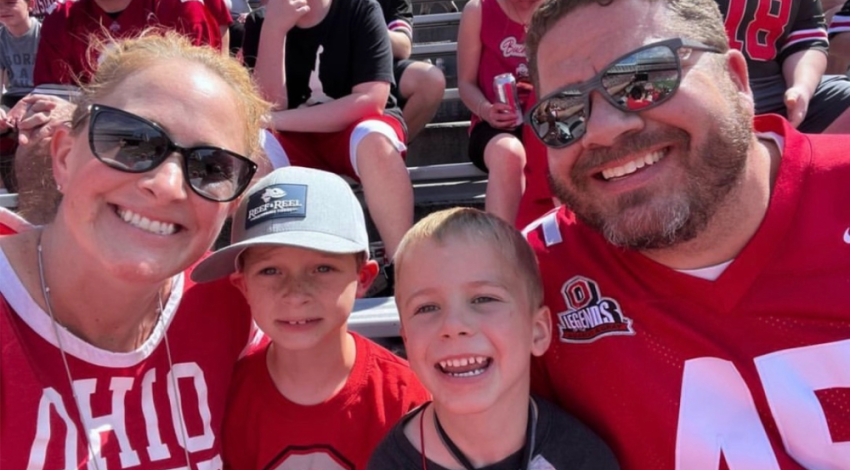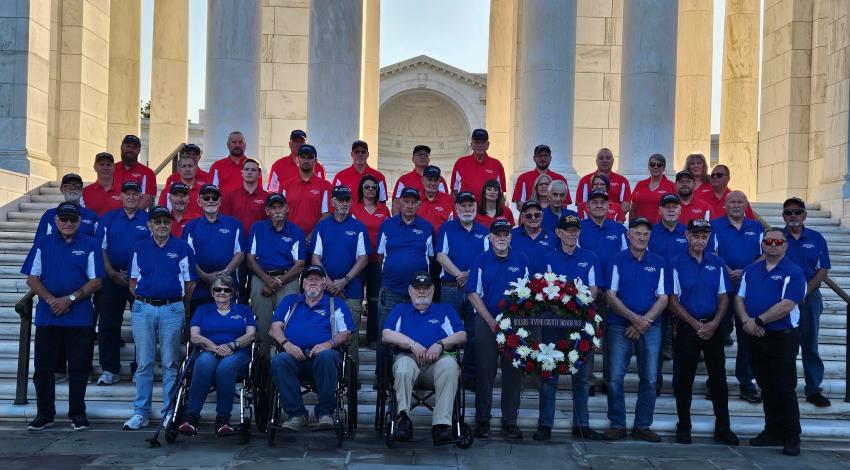Ohio State University’s herd of Jersey dairy cows will soon have a permanent new home. The cows, currently in temporary housing at OSU’s Wooster campus, should be back in Columbus in a new $6.2 million facility by the end of the year.
Part of the new $52 million Multispecies Animal Learning Center within OSU’s College of Food, Agricultural, and Environmental Sciences, the new dairy building replaces the outdated Waterman Dairy Center, which was built in 1972. Construction began in February 2024, and if it continues to stay on track, the herd should be back in Columbus by this November.
Ohio State's herd of Jersey dairy cows should be back in Columbus in a new $6.2 million facility by the end of the year.
The dairy’s prime location just off of Lane Avenue, near the main entrance to the Columbus campus, reinforces the importance of agriculture to the university and the state, says Maurice Eastridge, senior associate chair of animal sciences and dairy extension specialist at Ohio State, and the new dairy was designed with education of students as the top priority. “Public education and research needs are its second and third missions,” Eastridge says.
Into the modern era
Eastridge, a member of Marysville-based Union Rural Electric Cooperative, grew up helping on his parents’ and grandfather’s dairy farms in Kentucky. He knew from an early age that he wanted to work in agriculture with farm animals. Now he’s helping bring the profession into modern times.
Labor shortages on farms and the increasing number of farmers reaching retirement age, Eastridge says, have necessitated the development and adoption of automatic, or robotic, systems, which require knowledgeable workers skilled in agricultural technology to install and maintain them. The new dairy will include a state-of-the-art Lely robotic milker, which will give students hands-on experience with the latest technology so they’re qualified to fill those evolving, high-paying jobs.
Eastridge says plans had been in the works for years to upgrade the dairy, but were scrapped when engineering studies revealed that it would be cheaper to build a new one.
At one time, Ohio State's dairy herd had cows from the five major dairy breeds. Eventually, with campus space at more and more of a premium, the decision was made to pare the herd to only Holsteins and Jerseys, and in 2009, the Holsteins were sold and only the smaller Jerseys were kept.
The process to upgrade the dairy took a major step in 2023, when the university sold off some of the remaining Jerseys so that the entire herd could be accommodated at the OSU facility in Wooster.
An entire dairy ecosystem
The new dairy will have three parts: the robotic milking system, a feeding robot and automatic feed kitchen, and robots to manage manure.
The cows wander at will into the milking parlor, two or three times per day. Eastridge says the grain the cows get to eat while being milked serves as “a carrot” to draw them into the barn. When a cow moves into a milking station, gates in front and behind her shut to keep her in place and prevent another cow from getting in the way. Each cow’s ID tag, read by a scanner, tells the automatic feeding system how much food to dispense.
The amount of milk each cow produces at each milking is automatically recorded. If a cow isn’t coming in to be milked or is producing less than the normal amount, the herdsman checks her for illness or some other problem.
The Lely milker can accommodate 60 cows at a time, and while the new dairy will have only one of them when it opens, space will be available to add another if and when it's needed.
Future plans for the dairy also include a milk processing plant. Once that’s in place, visitors will be able to see the complete process of milk production — grain grown in a pasture nearby used to feed the cows, which are then milked automatically, and the milk sent directly to the processing facility and into cartons, ready for the consumer to purchase.
Click here to watch a video on a Lely robotic milking system.
